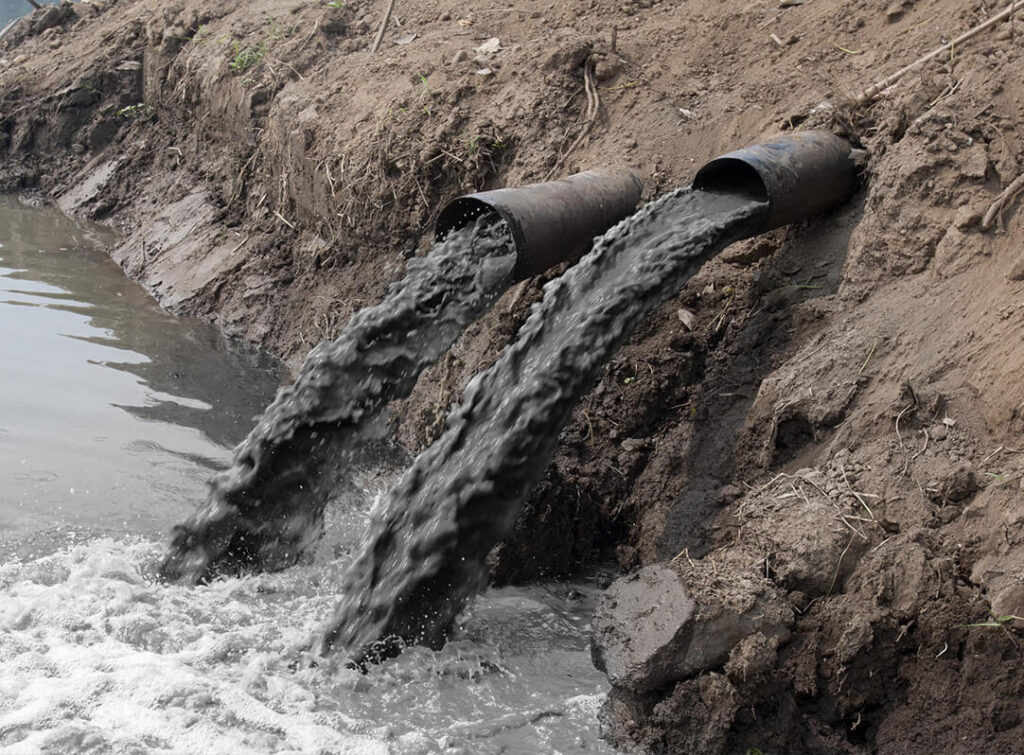An ever-increasing volume of waste produced by human activity and life itself. Promotional waste had also long been recognized as a global issued, it’s a problem. Household waste, food waste of all kinds, and even garbage can cause irreversible damage to the environment, and all of this is considered promotional waste.
Batteries as well as light bulbs, bins from numerous varnishes, solvents or paint can’t be thrown away in a regular trash can because they are hazardous waste. It is imperative that such waste is disposed of immediately.
The garbage passes through a lot of stages before it is disposed of in landfills as promotional waste. A few examples include separating paper waste from food waste and so on.
Disposal and transportation to landfills are usually handled by specialized organizations for promotional waste. They are the only ones who are qualified and experienced enough to handle both the removal and destruction of trash.
There are now a plethora of technologies available for the destruction of waste at landfills used for promotional materials. Promotional waste landfills may be saved as a result of these waste disposal technologies.
Recall that household waste contains a large number of constituents that when mixed together raise the risk of fire and the release of toxic substances.
The amount of waste generated each year is increasing. While some waste is recycled, the majority of household as well as industrial waste is dumped in landfills, causing environmental damage and putting public health at risk, as well as causing economic harm due to the loss of secondary resources that cannot be recovered. This waste is not currently being processed or reused.
For environmental and resource conservation reasons, at least some waste must be recycled back into production.
Recyclable materials can be separated from ballast at modern landfills for industrial & domestic waste, allowing them to be sent for processing or further use, while ballast is buried at the landfill. The lifespan of a landfill can be extended by reducing the volume of ballast fractions by sorting waste.

Layout Of Household Waste Disposal Facilities:
Household waste is collected, processed, disposed of, and disposed of in a variety of ways by modern public utilities. Composting, waste incineration, waste sorting, and waste incineration are all methods used in waste management. We can expect to see a reduction in waste due to these measures in the end.
Most Of The Time, Waste Is Disposed Of In “Sanitary” Landfills At Best, And In Unsanitary Landfills At Worst.
There are a variety of ways to dispose of household waste, but the most common method is through the use of landfills. When garbage is transported to landfills by road, it is compacted and then covered with clay, marl, and sand to form strata. Sections (stages) of the landfill are numbered in sequence of operation. The waste should be stored in successive sections, each of which is covered with such a layer of sand-clay material. At same time, the excavation’s bottom fills up, but the landfill’s operation continues according the standards we adopted.
